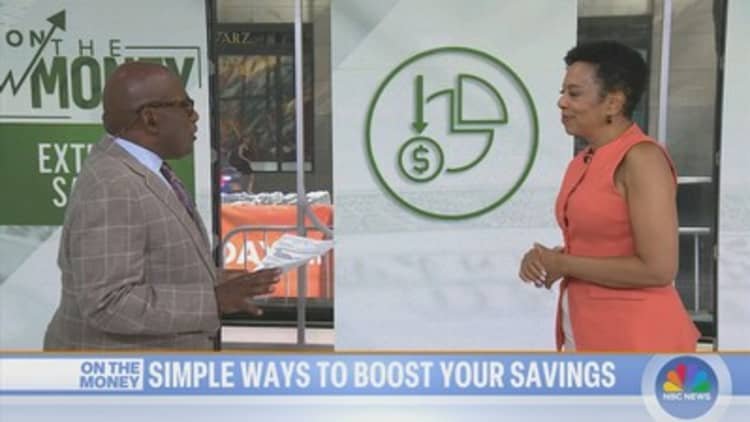Understanding New Charitable Deductions for Tax Filers
As tax laws evolve, significant changes are on the horizon, particularly with the introduction of enhanced charitable deductions for non-itemizers. These modifications may offer an opportunity for many taxpayers to maximize their contributions starting in 2026.
The New Charitable Deduction Explained
President Donald Trump’s latest tax proposal, sometimes referred to as the "big beautiful bill," introduces substantial tax benefits, including a new charitable deduction specifically designed for filers who don’t itemize. Currently, around 90% of taxpayers opt for the standard deduction, which means a majority miss out on claiming charitable contributions.
Starting in 2026, single filers can claim up to $1,000, while married couples filing jointly can receive up to $2,000 when donating cash to qualified charities. This change marks a significant enhancement over previous temporary measures, such as a deduction worth up to $300 for single filers in 2021, which approximately 48 million taxpayers took advantage of.
Timing Your Donations
For those who do not itemize deductions, the timing of charitable contributions can be pivotal. Financial experts suggest reconsidering when to make donations. If you plan on contributing at year-end but can delay until January, doing so might allow you to take advantage of the new deduction available in 2026.
Certified financial planner Edward Jastrem emphasizes this point, stating, “It’s wise to make your donations in January to fully benefit from the new deduction.” This strategic timing could provide additional tax advantages, allowing taxpayers to align their charitable giving more effectively with financial planning strategies.
Maintaining Accurate Records
Taxpayers should be aware that proper documentation is crucial when claiming charitable deductions. To validate contributions, they must retain bank records or receipts from the charities, which should include specific details such as the name of the charity, the amount given, and the date of the donation.
For donations totaling $250 or more, a "contemporaneous written acknowledgment" (CWA) is necessary. This document must contain detailed information and be received before the earlier of two deadlines: when you file your tax return or the due date for the return, including any extensions.
Failing to obtain a CWA can jeopardize the ability to claim the deduction if you get audited, emphasizing the importance of thorough record-keeping.
Preparing for the Future
With these forthcoming changes to charitable deductions, it’s essential for taxpayers to start planning ahead. Understanding how the new charitable deduction works, and being proactive about documenting contributions can lead to enhanced tax savings in the future.
As more information becomes available regarding tax strategies and regulations, staying informed is key. Engage with financial professionals who can provide personalized advice tailored to your specific financial situation and charitable goals.
This proactive approach can ensure that you are maximizing your benefits under the new law efficiently and effectively. With the evolving landscape of tax policy, adapting your strategies now will position you to take full advantage of upcoming deductions available to you as a philanthropic contributor.
